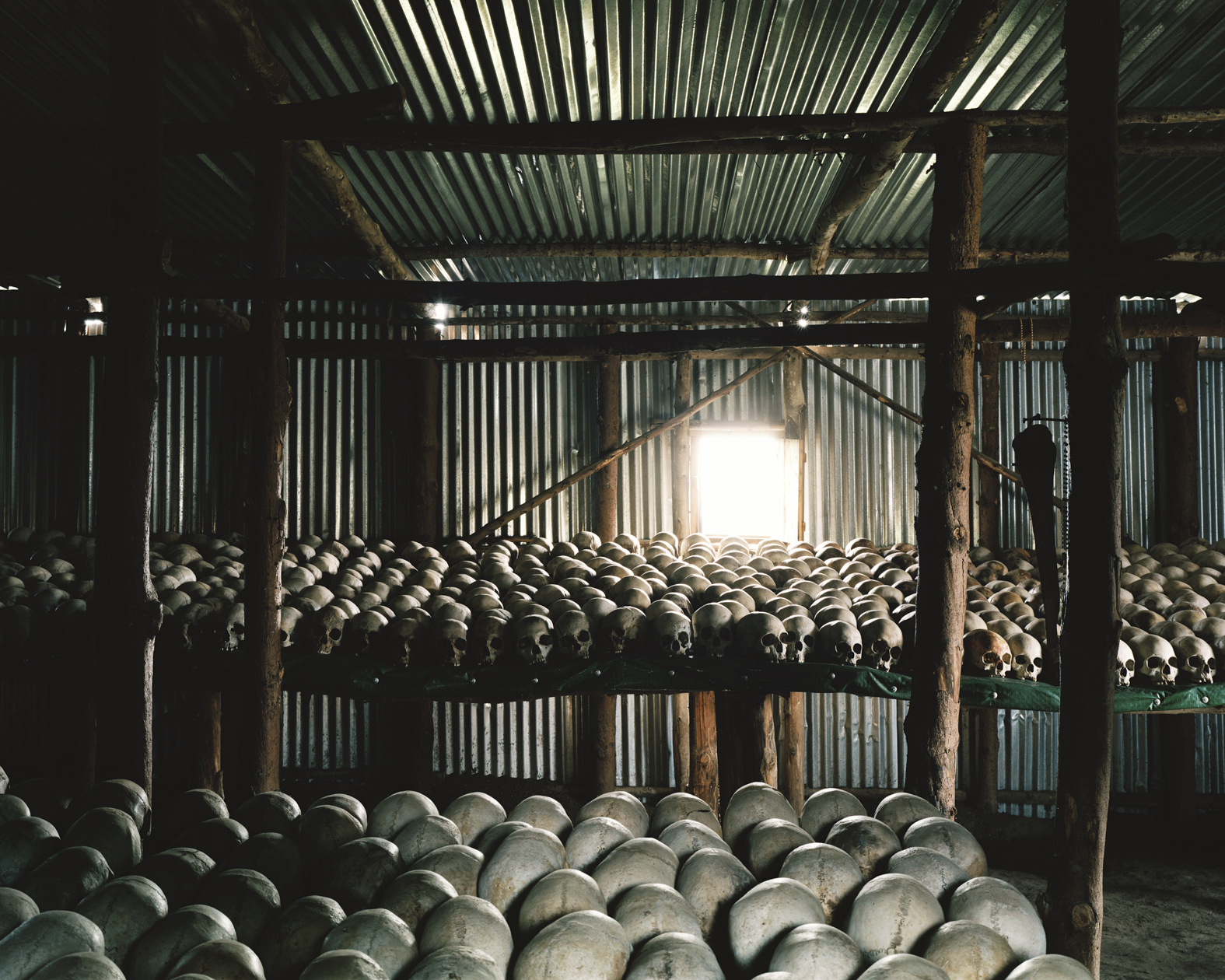Explore the World’s Most Morbid Tourist Attractions
It may seem strange that someone would want to visit the site of a mass execution, natural disaster, or nuclear meltdown. However many tourists travel to such destinations around the globe every year. Why they go is anyone’s guess—is it from a desire to honor the dead, learn from history, or simply morbid curiosity?
Ambroise Tézenas started pondering these questions when he read that the Queen of the Sea—a Sri Lankan train destroyed by the 2004 tsunami in what was one of the worst rail accidents in recent history—had become something of a tourist attraction. Tézenas had been in Sri Lanka photographing the aftermath of the tsunami four years earlier, and couldn’t reconcile his memories of death and destruction with people’s fascination with the site.
This dichotomy prompted Tézenas’ research into dark tourism, an industry that draws travelers worldwide to the scenes of some of history’s worst accidents and atrocities. The more he learned about humanity’s fascination with evil and death, the more he wanted to photograph it.
 His photo book, I Was Here, features more than a dozen dark tourist destinations around the globe. Much like the subject matter, the images are starkly unsentimental. Working with a large format camera on a tripod, Tézenas mostly captured the landscapes of these sites—commemorating genocide, assassinations, mass executions and nuclear disasters—at a clinical distance.
His photo book, I Was Here, features more than a dozen dark tourist destinations around the globe. Much like the subject matter, the images are starkly unsentimental. Working with a large format camera on a tripod, Tézenas mostly captured the landscapes of these sites—commemorating genocide, assassinations, mass executions and nuclear disasters—at a clinical distance.
Tézenas tried as much as possible to experience these places as a tourist would. He refused special access, and traveled with organized tours, spending the same amount of time at sites as the visitors he photographed. He even limited the information in the book’s captions to what he gleaned from guides and brochures.
“The idea was not to go there and spend months there. I wanted to get this immediate feeling of what you see, like the tourists do. I wasn’t shooting what could be seen by a photojournalist or someone with a special permit. It was always quite quick,” he said. “I wasn’t trying to make a book of history. I wanted to show it raw, how it really is.”
Everywhere Tézenas went, he saw examples of the oblivious, sometimes offensive behavior one might expect of tourists at any popular attraction. In a torture cell in Cambodia, he saw that a tourist had written “I was here” on a wall. Elsewhere, he saw people shouting and joking, and taking more than a few selfies.
“My idea was not to photograph like Martin Parr, because it’s too easy to take a picture of people at these places and to make them look ridiculous and to be very moral and say, ‘This is wrong. You shouldn’t go there,’” he said.
Beyond the commercialization inherent in guided tours and gift shops, Tézenas saw the blatant Disneyfication of some destinations. At Latvia’s Karostas Cietums—a former military prison—he photographed Extreme Night, an overnight, interactive experience allowing “fans of especially extreme adventures” to “step in the shoes of a prisoner on a dark and dismal night.” When Tézenas was there, a group of high school students was locked in their cells for the night, only to be awakened violently at 2 am to endure interrogations from guards.
Tézenas doesn’t intend to condemn or ridicule the tourists featured in his work. If anything, he hopes his book provokes a discussion of questions that still vex him, even after years of travel and contemplation.
“Maybe you should go there; maybe you shouldn’t. But you should think about why you’re going there,” he said.
[H/T: Wired]




